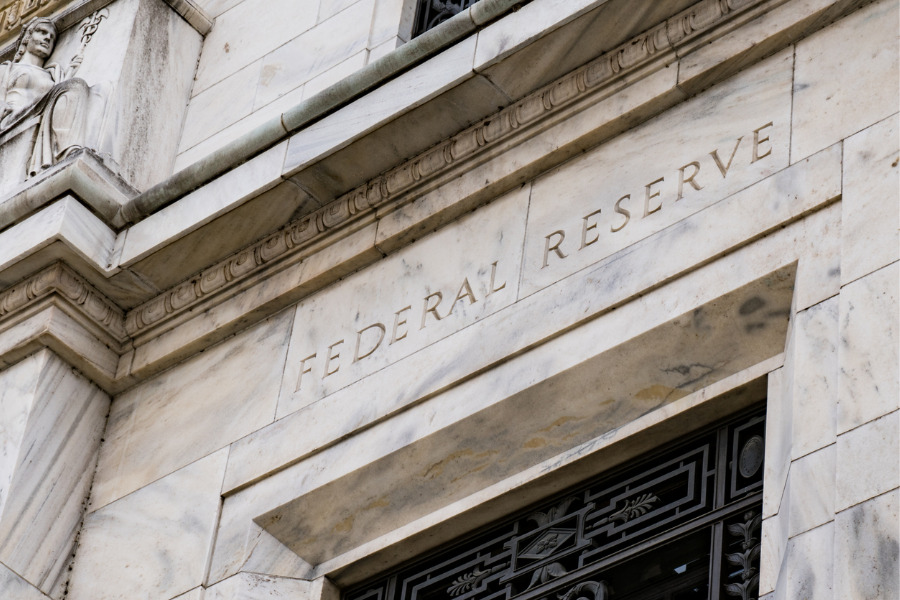

Federal Reserve officials noted a slowdown in the US economy and diminishing price pressures during their June 11-12 meeting, yet decided to maintain a cautious stance regarding interest rate cuts, as revealed in the meeting minutes released Wednesday.
The minutes highlighted several factors, including a weak May CPI reading, which suggested that inflation was easing. However, officials emphasized the need for additional data before making decisions on lowering the federal funds rate.
"They did not expect that it would be appropriate to lower the target range for the federal funds rate until additional information had emerged to give them greater confidence that inflation was moving sustainably toward" the 2 percent target, the minutes stated.
Despite observing signs of slower economic growth and reduced price pressures, Fed officials deemed that a rate cut was not yet justified. "The vast majority of participants assessed that growth in economic activity appeared to be gradually cooling, and most participants remarked that they viewed the current policy stance as restrictive," which is likely to further reduce economic activity and inflation, the minutes indicated.
In their decision to keep the policy rate within the 5.25 percent to 5.50 percent range, officials noted the slower-than-expected progress in reducing inflation this year compared to their December projections. While some participants emphasized patience before cutting rates, "several" others pointed to the potential need for further rate increases if inflation spikes again.
The minutes also noted that the CPI data released on June 12 showed no increase on a month-to-month basis in May, a positive sign that emerged late in the Fed's policy discussions. However, some market analysts were surprised this favorable data was not reflected in the Fed's forecasts from the June meeting.
Speaking at a European Central Bank conference in Portugal on Tuesday, Federal Reserve Chair Jerome Powelle reiterated the bank’s cautious approach to monetary policy, Reuters reported.
"We just want to understand that the levels that we're seeing are a true reading on what is actually happening with underlying inflation," Powell said, adding that "we want to be more confident that inflation is moving sustainably down toward 2 percent ... before we start ... loosening policy."
Policymakers also delayed the anticipated start of rate cuts, with new projections showing Fed officials at the median expect only one quarter-percentage-point cut this year, compared to the three cuts expected as of the March 19-20 meeting.
Upcoming economic data, including the June employment report on Friday, the CPI for June on July 11, and an initial estimate of second-quarter economic growth on July 25, will provide further insights for policymakers as they assess the trajectory of the economy and inflation.

Canadian stocks are on a roll in 2025 as the country prepares to name a new Prime Minister.

Two C-level leaders reveal the new time-saving tools they've implemented and what advisors are doing with their newly freed-up hours.

The RIA led by Merrill Lynch veteran John Thiel is helping its advisors take part in the growing trend toward fee-based annuities.

Driven by robust transaction activity amid market turbulence and increased focus on billion-dollar plus targets, Echelon Partners expects another all-time high in 2025.

The looming threat of federal funding cuts to state and local governments has lawmakers weighing a levy that was phased out in 1981.
RIAs face rising regulatory pressure in 2025. Forward-looking firms are responding with embedded technology, not more paperwork.
As inheritances are set to reshape client portfolios and next-gen heirs demand digital-first experiences, firms are retooling their wealth tech stacks and succession models in real time.
